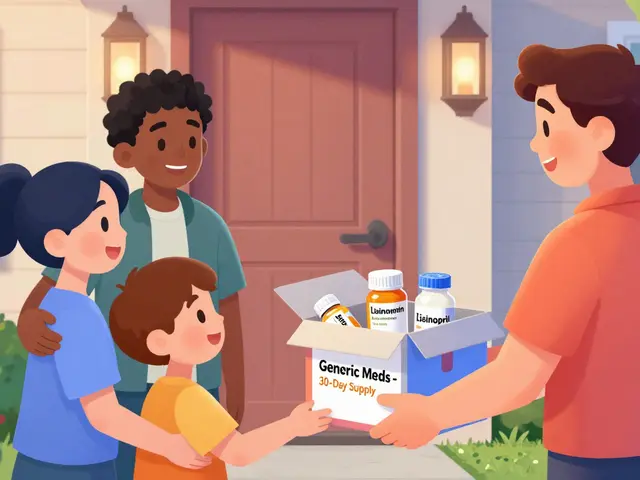Erectile Dysfunction: What’s Going On and What You Can Do Today
Erectile dysfunction (ED) means having trouble getting or keeping an erection firm enough for sex. It happens to a lot of men at some point. Sometimes it’s a one-off after a tough week; sometimes it signals a health problem that needs attention. Below you’ll find clear steps to figure out why this is happening and what to try first.
Quick checks you can do now
Look at your meds and habits. Some common drugs, alcohol, smoking, and recreational drugs reduce erections. High stress, poor sleep, and low exercise do the same. If you’re on blood pressure meds, antidepressants, or prostate treatments, talk to your doctor before changing anything. Also notice whether you still get morning erections; losing them points more to a physical issue than performance anxiety.
Common causes and tests
ED often comes from three areas: blood flow, hormones, or nerves. Diabetes, high blood pressure, high cholesterol, and smoking damage blood vessels and reduce flow to the penis. Low testosterone can lower libido and make erections harder to achieve. Nerve damage from surgery, injury, or certain illnesses also plays a role. Your doctor will likely order blood tests for glucose, lipids, and testosterone, check blood pressure, and review your medication list. In some cases they may suggest an overnight erection test or an ultrasound to check blood flow.
Treatments are practical and range from simple to more invasive. First-line options are lifestyle changes: lose weight, stop smoking, cut back on alcohol, manage stress, and boost exercise. Oral medications called PDE5 inhibitors (like sildenafil or tadalafil) work for many men; they increase blood flow and are safe for most people but not if you take nitrates. If pills don’t help, options include vacuum erection devices, penile injection therapy, urethral suppositories, or counseling for performance anxiety and relationship issues. For severe or resistant cases, implants are a surgical option that reliably restore function.
Here are questions to bring up: How likely is this linked to my medications or blood sugar? Do I need tests like fasting glucose, lipid panel, or testosterone? What side effects should I watch for with treatments? Are there non-drug options you recommend for my age and health? How soon can we try a specific plan?
When to see a doctor quickly: sudden inability to get an erection, pain in the penis, or an erection lasting more than four hours need immediate care. Otherwise, schedule a primary care visit or see a urologist. Bring a short list of meds, a basic health history, and notes on when the problem started and any patterns you notice. Being honest about alcohol, smoking, and mental health helps your doctor find the right fix faster.
Talking to your partner matters. Open, calm conversations reduce pressure and improve intimacy while you try treatments. Many couples find counseling helpful while testing different medical options. ED is common and treatable; finding the right path usually takes a few steps, not a total life overhaul.
Navigating the world of erectile dysfunction treatments can be challenging, especially when there are multiple alternatives available, each with its own benefits and drawbacks. In this article, we delve into eight viable substitutes for Cialis, a popular ED medication, by examining their unique features and effectiveness. From well-known drugs like Viagra to modern medications such as Stendra, we provide an overview of unexpected options that can assist in managing ED symptoms. Whether you are looking for rapid action or prolonged results, understanding each option will help in making an informed treatment decision.



